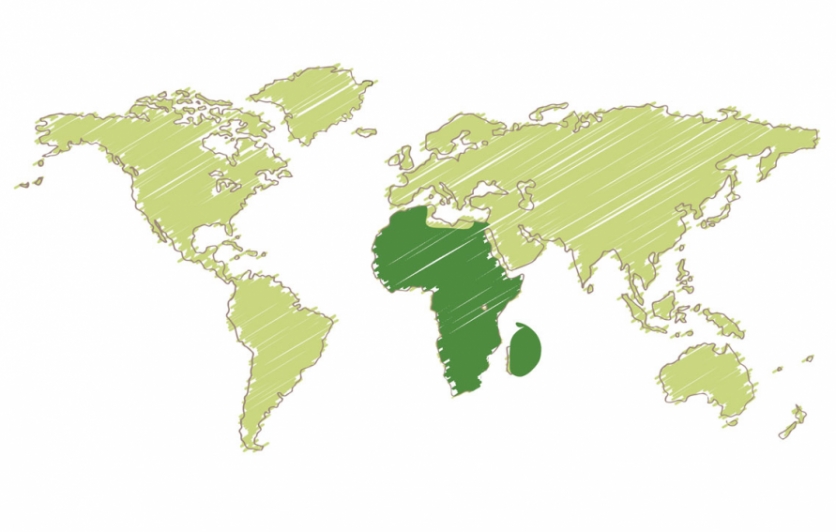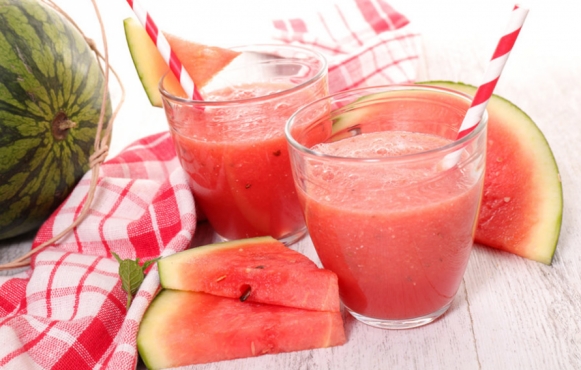Africa

The vast African continent – birthplace of coffee, melons, sorghum, cowpeas, groundnuts, okra, millet and sesame, among many other essential foods – spread its influence and culinary traditions through trade expeditions long before the forced migration of enslaved people. Early merchants exported Ethiopian coffee to Yemen, and the caffeinated drink moved northward in the Arabian peninsula, east to India and Sri Lanka, and north to Constantinople, where the world’s first coffee shop opened in 1475. By 1600, coffee arrived in Venice and a few years later was introduced to Jamestown.
Through slave trade, African foods and ways of cooking reached the Caribbean and the U.S. South: spicy stews using groundnuts and seeds from West Africa; wrapping foods in banana and plantain; cowpeas (or black-eyed peas) that traveled over the ocean; and soups and puddings made with sesame seeds, to name just a few examples. Savor those dishes, often layered with island experiences that result in distinctive creations throughout South Florida.
Foods from Africa
BLACK-EYED PEAS, COWPEAS, CROWDER PEAS Vigna unguiculata) One of the oldest domesticated crops, these legumes are nutritious and versatile. Leaves can be eaten as vegetables. The seeds are shelling beans, harvested and eaten fresh in stews or dried for later use. A staple of the South, they’re rich in fiber and iron.
COFFEE (Coffea arabica and Coffea robusta), native to Ethiopia, traveled to the Arabian peninsula where it was widely grown by the twelfth century. Traders brought it to Europe, India and Java. Today, coffee is one of the world’s most important crops, cultivated elsewhere in Africa, Jamaica, Colombia, Costa Rica, Guatemala, Hawaii, Brazil and Vietnam.
OKRA (Abelmoschus esculentus), related to the hibiscus, likely originated in West Africa or Ethiopia and spread throughout the Mediterranean and the Americas in the 1600s. Used in stews and gumbos or served fried, pickled, grilled and roasted, okra pods are harvested here in the summer. They’re a good source of fiber and vitamins C, A and folate. Choose younger, tender pods.
WATERMELON (Citrullus lanatus) is a sprawling vine in the Cucurbitaceae family that includes squash and pumpkins. Native to South Africa, watermelons are now grown throughout the world as a staple for its edible seeds and flesh. Today’s watermelons come in a rainbow of different sizes and colors. They’re good sources of vitamin A, C, potassium, vitamin B6 and lycopene.
Make It Yourself
Communities Near You
What’s happening near you
Visit Lauderdale Food & Wine Festival returns January 13-19, 2025
Las Olas Oceanside ParkFort Lauderdale






